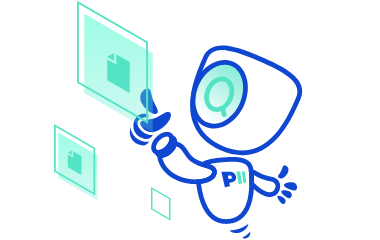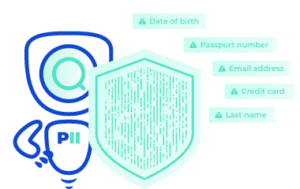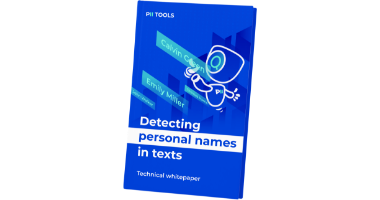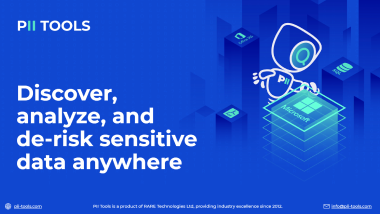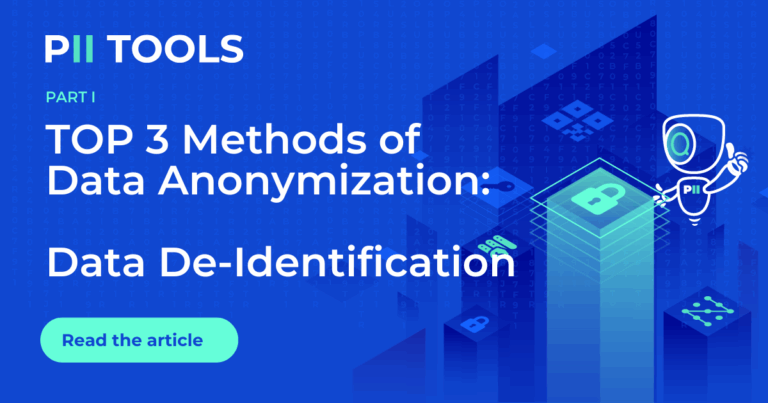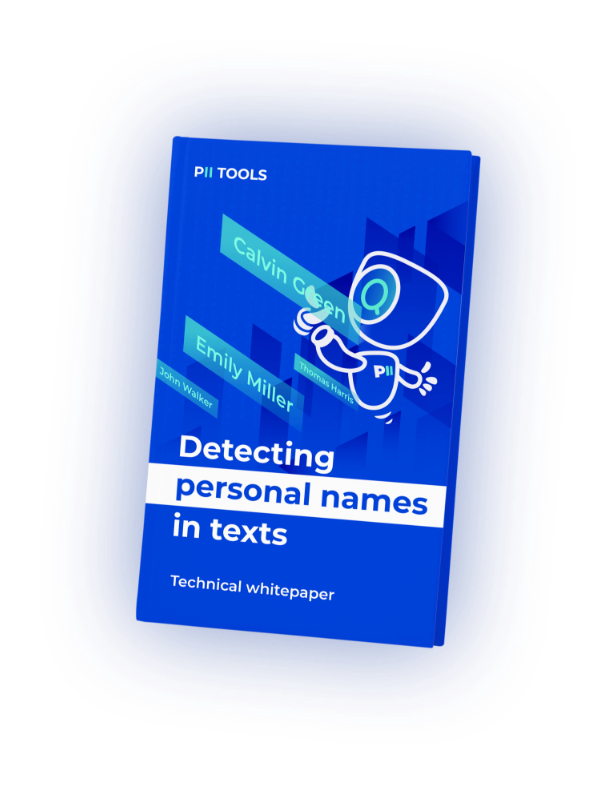The best way to safeguard sensitive data is to keep it out of sight — and out of reach. This 3-part mini-series explores the 3 BEST anonymization tactics for processing and storing protected information. Let’s learn how.
What is Data De-Identification?
The first TOP method of data anonymization is called Data De-Identification. In layman’s terms, data de-identification is the process of removing personally identifiable information (PII) from data.
Many benefits come along with PII and data de-identification, including the ability to modify the sensitive data in such a way that it’s of no or little value to unauthorized intruders while still being usable by software and authorized personnel.
How to De-Identify Sensitive Data?
“But if you take the ‘risk’ out of ‘at-risk data’, how can it possibly still be useful?”
That’s a great question, and luckily for us, there are multiple ways to de-identify PII while ensuring its applicability. Within the wider sphere of Data Anonymization, there are many paths to take to achieve this goal.
Pseudonymization is a great example of data de-identification. This tactic replaces instances of PII within a data record with one or more artificial identifiers, also known as ‘pseudonyms’. This option makes the data record less identifiable while remaining suitable for data analysis and processing.
Irreversible Data Anonymization
PII anonymization comes in many shapes and sizes, including everything from standard encryption to tokenization. And now that we understand data de-identification, we can move on to the other TOP methods: Masking and Redaction.
But be warned! These two are irreversible! So, be sure to read the following two articles in this mini-series to guarantee your collected and stored data remains both useful and secure.
Protect Your Customers’s Info with the PII Tools Data Discovery Software!
